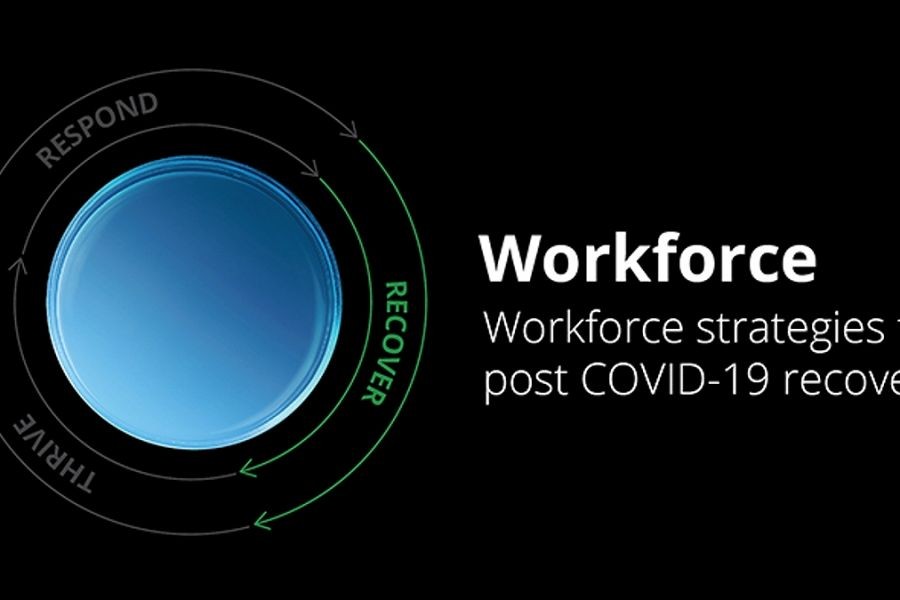New Zealand’s economy has faced unprecedented challenges in the post-COVID era, prompting businesses and individuals alike to rethink their strategies for success. As the world continues to adapt to the pandemic's lasting impacts, New Zealand's unique economic landscape offers both opportunities and obstacles. In this article, we delve into how Kiwis can navigate these changes, drawing from local insights and global trends to provide a roadmap for economic resilience.
Understanding New Zealand’s Post-COVID Economic Context
The COVID-19 pandemic disrupted economies worldwide, and New Zealand was no exception. The immediate response involved stringent lockdowns and border closures, which significantly impacted tourism, a key sector contributing 5.8% to the GDP in 2019 (Stats NZ). The Reserve Bank of New Zealand’s monetary policies, including slashing interest rates to a record low of 0.25%, aimed to cushion the blow but also set the stage for new economic dynamics.
As the country progresses through recovery, the focus shifts to sustainable growth. The Ministry of Business, Innovation and Employment (MBIE) forecasts a gradual return to pre-COVID GDP levels by 2024, with digital transformation and sustainability at the forefront of New Zealand's economic strategies.
Pros and Cons of Adapting to the New Economic Landscape
✅ Pros:
- Digital Transformation: Businesses leveraging digital tools have reported a 30% increase in efficiency, according to a 2023 report by NZTech.
- Export Opportunities: As global supply chains diversify, New Zealand's agricultural sector is poised to expand its international market reach.
- Government Support: Initiatives such as the Digital Boost program offer essential resources for small and medium-sized enterprises (SMEs) to enhance digital capabilities.
- Resilient Workforce: The adaptability of the Kiwi workforce, with increased remote working capabilities, contributes to sustained productivity.
❌ Cons:
- Rising Inflation: With inflation rates reaching 4.9% in 2023, cost pressures are mounting for both businesses and consumers.
- Supply Chain Disruptions: Ongoing global disruptions continue to affect import and export activities, particularly in manufacturing.
- Skills Gap: A shortage of skilled workers in tech and healthcare sectors could impede growth if not addressed.
- Housing Market Volatility: Fluctuations in property prices create uncertainty for investors and homeowners alike.
Real-World Case Studies: Lessons from Kiwi Businesses
Case Study: Xero – Embracing Digital Innovation
Problem: Xero, a leading accounting software provider, faced declining new customer acquisitions due to the pandemic's economic impact.
Action: Xero expanded its cloud-based offerings and integrated AI-driven analytics to enhance user experience.
Result: Within 12 months, Xero reported a 25% increase in new subscriptions and a 15% boost in customer retention rates.
Takeaway: Investing in digital innovation can drive growth and customer loyalty, even in challenging times.
Case Study: Fonterra – Navigating Global Supply Chains
Problem: The dairy giant faced logistical challenges in exporting products due to international shipping delays.
Action: Fonterra diversified its export routes and invested in local production facilities to mitigate risks.
Result: Despite global disruptions, Fonterra achieved a 10% increase in export volumes and maintained supply chain continuity.
Takeaway: Proactive supply chain management and local investments can fortify businesses against global uncertainties.
Common Myths & Mistakes in Navigating the Economic Transition
Myth: The pandemic's effects are temporary and won't require long-term changes. Reality: Structural shifts in consumer behavior and global trade necessitate permanent strategic adjustments (Source: MBIE).
Myth: Only large corporations can afford digital transformation. Reality: SMEs utilizing government programs like Digital Boost can achieve significant improvements with minimal investment.
Myth: The property market will stabilize post-COVID. Reality: Ongoing volatility and regulatory changes suggest continued fluctuations in property prices (Source: NZ Property Investors’ Federation).
Future Trends & Predictions for New Zealand’s Economy
Looking ahead, several trends are poised to shape New Zealand's economic landscape:
- By 2028, digital transactions are expected to account for 70% of all consumer payments, driven by fintech innovations (Source: Deloitte NZ).
- Sustainability will remain a key focus, with the government aiming for a 40% reduction in carbon emissions by 2030 (Source: MBIE).
- The tech sector is projected to grow at an annual rate of 8%, creating new job opportunities and requiring ongoing skills development (Source: NZTech).
Final Takeaways & Call to Action
As New Zealand continues to adapt to the post-COVID economic landscape, embracing digital transformation, sustainability, and proactive risk management will be crucial. Kiwis must remain agile, leveraging available resources to thrive in this evolving environment.
What’s your next move? Are you prepared for these changes? Share your insights and strategies in the comments below!
Related Search Queries
- New Zealand post-COVID economic recovery
- Digital transformation strategies in NZ
- Sustainable business practices New Zealand
- Impact of COVID-19 on NZ tourism
- Future of work in New Zealand






























